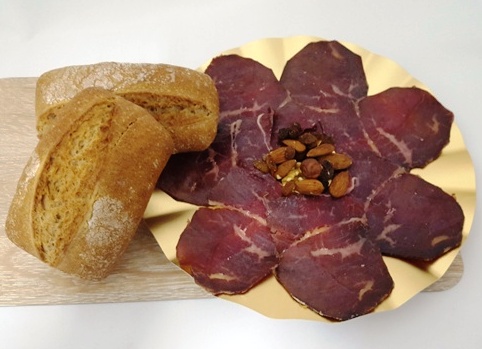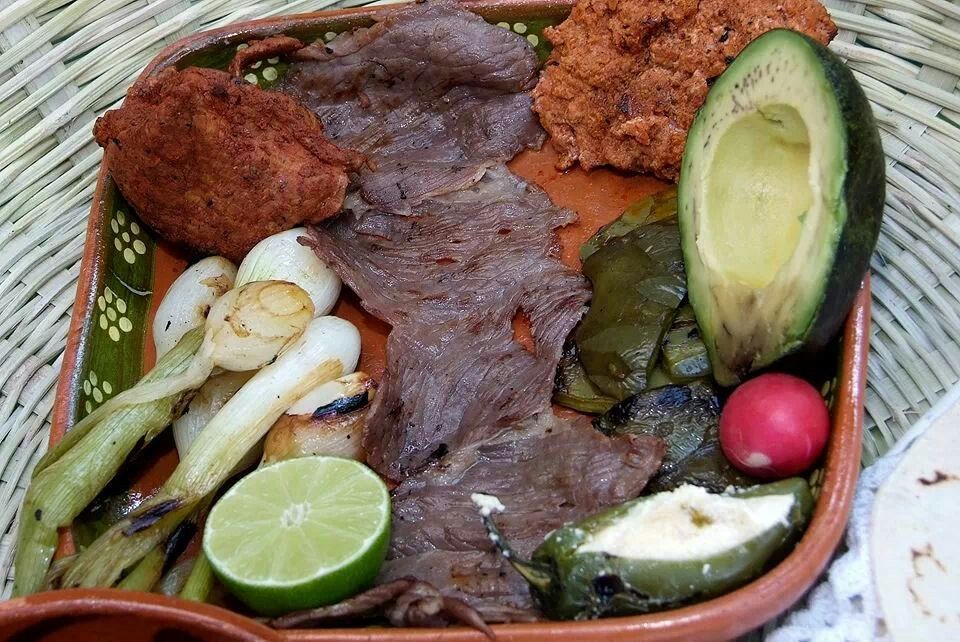How many types of beef jerky are there?
Today, we talk about the Cecina. And is that, although you may have never tried it, jerky is a typically Spanish product with a long history. If you don't know what we mean, we are talking about a type of dehydrated meat similar to ham, but made by curing meat from cow, of horse and less frequently, goat. You will also find it with origin rabbit, butter, ox or hare.
It is so well known in Spanish gastronomy that, in fact, has two Protected Geographical Indications: The Lion smoked beef, extracted from the cow and vegacervera cheese, extracted from the goat (baby goat).

Cecina de León
Although he would not get his geographical indication until 1994, history tells us that this product has always been very popular in the area, in fact, as early as the 4th century AD, she was talked about in different treatises. And is that, Leon's geography is great for raising native breeds, and, also, help in product development, (especially in the curing and wind drying phase), due to its altitude, especially in the north, where it is greater than 800m.
Although it may have some resemblance to ham, in terms of appearance and final color, are not comparable in taste, nor in the part from which this product is extracted from the animal. For the ham, the legs are used, both rear and front. Instead, for the cecina the hind quarters of the cow will be used: way, babbled, against and hip; and, also, Cattle must be a minimum of five years old and a minimum live weight, of 400 kilograms.
Once the pieces have been selected, they proceed to cure, divided into six stages:
Profiling, Salado, Washed, Settlement, Smoked, and drying. This entire healing process must have a minimum duration of seven months and may go up to 22 months.
As a result, we will obtain a product of the healthiest, as beef is vital for healthy growth. Also, has a high protein content, and a low fat content.
Cecina in other parts of the world
Even if, we have already commented that the cecina is of Spanish origin, It is consumed in other countries such as Mexico, (where healing is different from what is done here, letting it dry in the sun, seasoned with salt and lemon), Paraguay, the Italy, where you will find her under the name of Bresaola.
We hope we have answered your question., and as, we encourage you to try the jerky, especially, Leon's.




































